20 Australian inventions that changed the world

1. Black box flight recorder

The black box flight recorder has helped make commercial air travel the world’s safest form of travel. It was invented by Australian scientist Dr David Warren, who lost his own father to an aircraft tragedy in 1934 when the Miss Hobart crashed into the Bass Strait.
This remarkable device is virtually indestructible and records the final moments of a crashed plane’s last flight. While it is a box, it’s not black – it’s bright orange colour is called ‘international orange’, making it easier to find in crash-site rubble.
David Warren first had the black box idea in the 1950s when he was part of a Melbourne research team exploring why the commercial jet aircraft known as the Comet had suffered a series of deadly crashes. He thought it would help investigators fix what was wrong if they had a recording of the last conversations between crew and other sounds inside the plane before it crashed.
A black box is now installed on every commercial plane around the world, but it was in Australia that they were first made compulsory for all commercial flights.
2. Spray-on skin
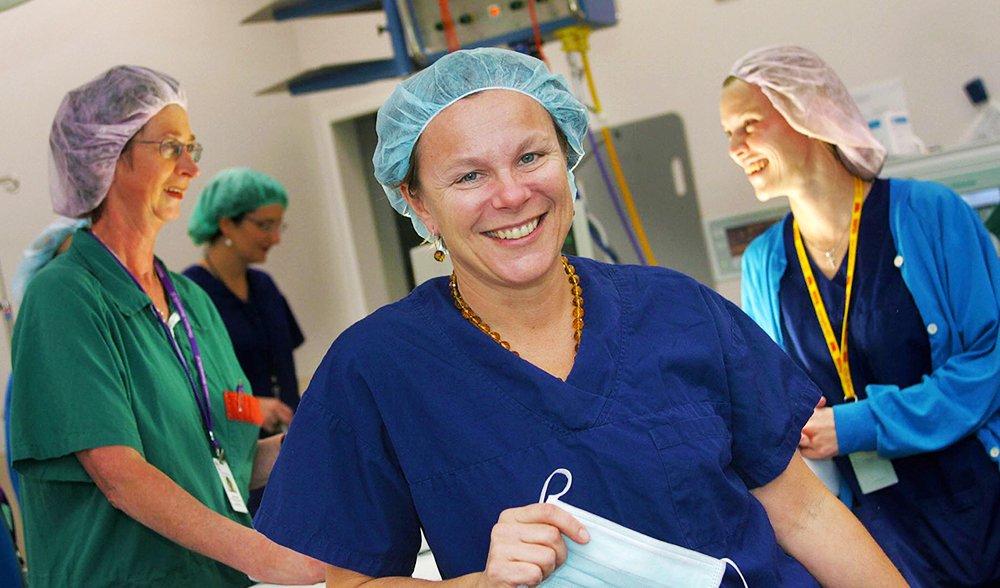
In 1999, Perth-based plastic surgeon Professor Fiona Wood patented her spray-on skin technique. The innovation involves taking a small patch of the victim’s healthy skin and using it to grow new skin cells in a laboratory. The new skin cells are then sprayed on the victim’s damaged skin. This process significantly reduces recovery time and scarring.
Fiona and her spray-on skin technique played a key role in treating burns victims from the 2002 Bali bombings. Fiona and her team are credited with saving the lives of 28 people.
3. Electronic pacemaker
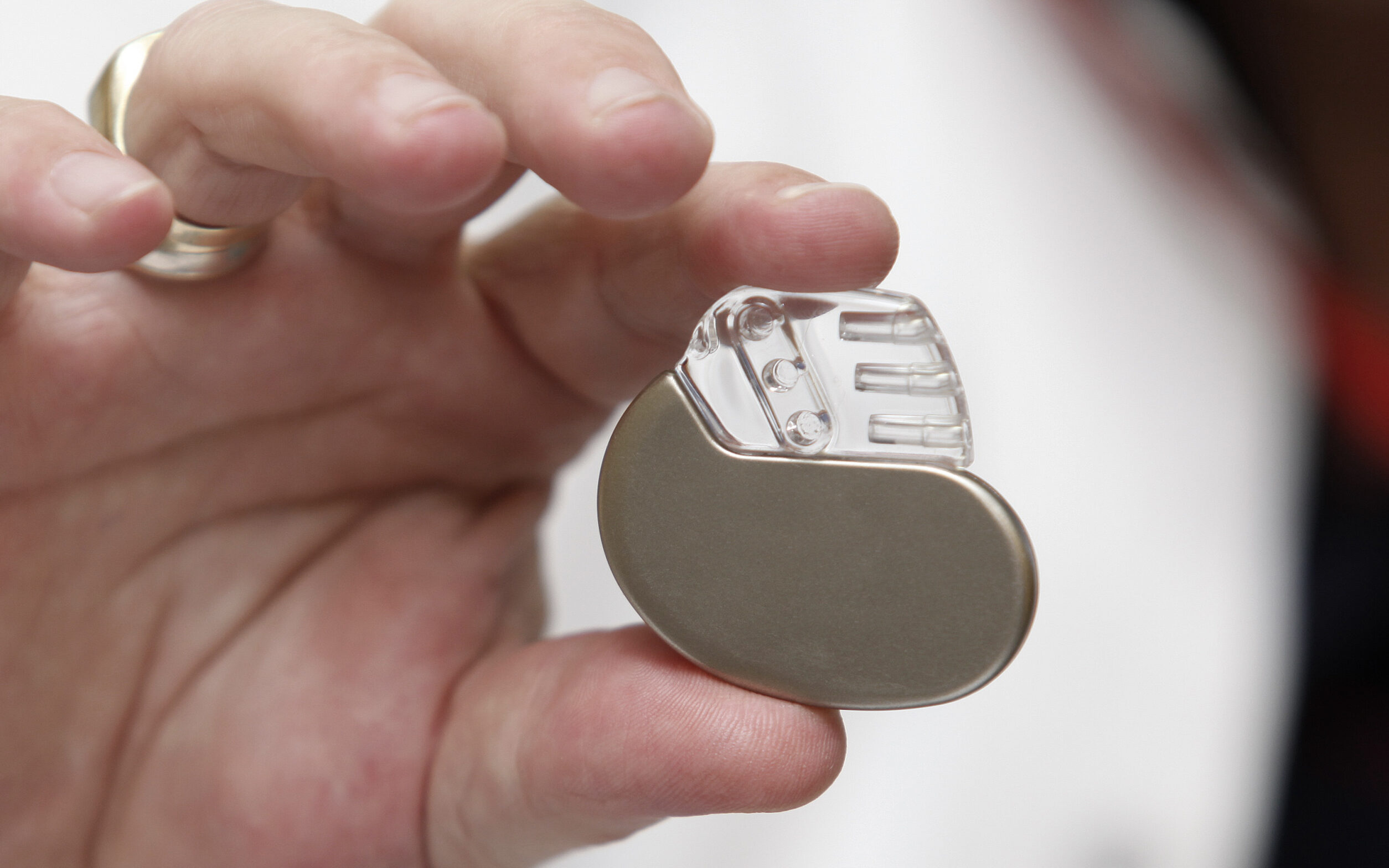
Australian doctor Mark Lidwill and physicist Edgar Booth developed the first artificial pacemaker in the 1920s. Now, more than three million people worldwide rely on pacemakers to keep their hearts beating properly.
Artificial pacemakers send small electric charges into the heart to help it maintain a regular beat. Since the late 1960s, these have been implanted inside the body; the first of these was developed in Sydney by Lidwell and Booth. Lidwill used the invention in 1928 to revive a stillborn baby – small pulses of electicity were sent through a needle directly into the child’s heart. After 10 minutes, the equipment was switched off, the heart continued to beat and the infant made a full recovery.
4. Google Maps
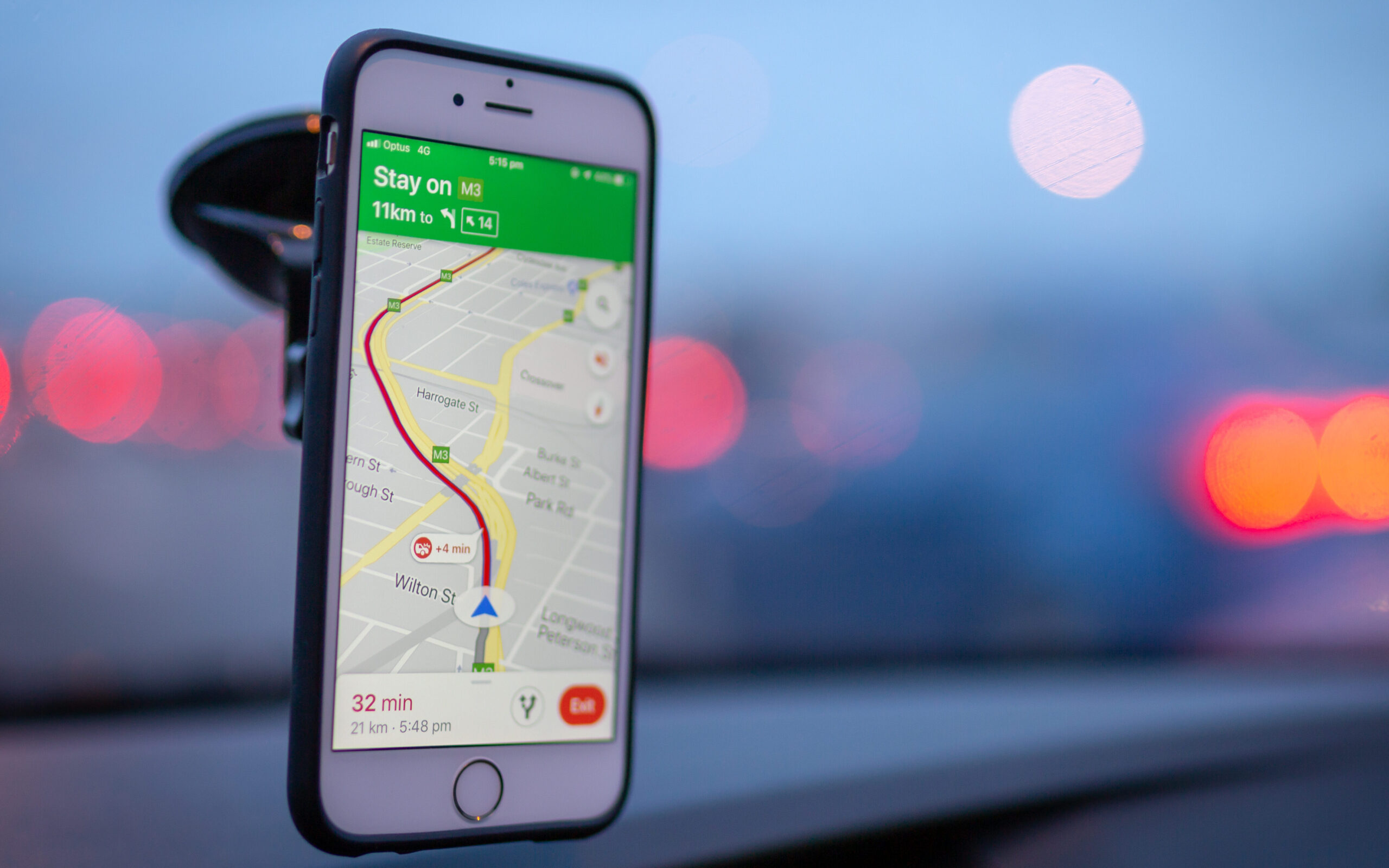
Danish brothers Lars and Jens Rasmussen developed the platform for Google Maps in Sydney in the early 2000s. Along with Australians Neil Gordon and Stephen Ma, they founded a small start-up company called Where 2 Technologies in 2003. The following year it was bought by internet giant Google, which also hired the four men, and the technology was turned into what we now know as Google Maps.
5. Medical application of penicillin
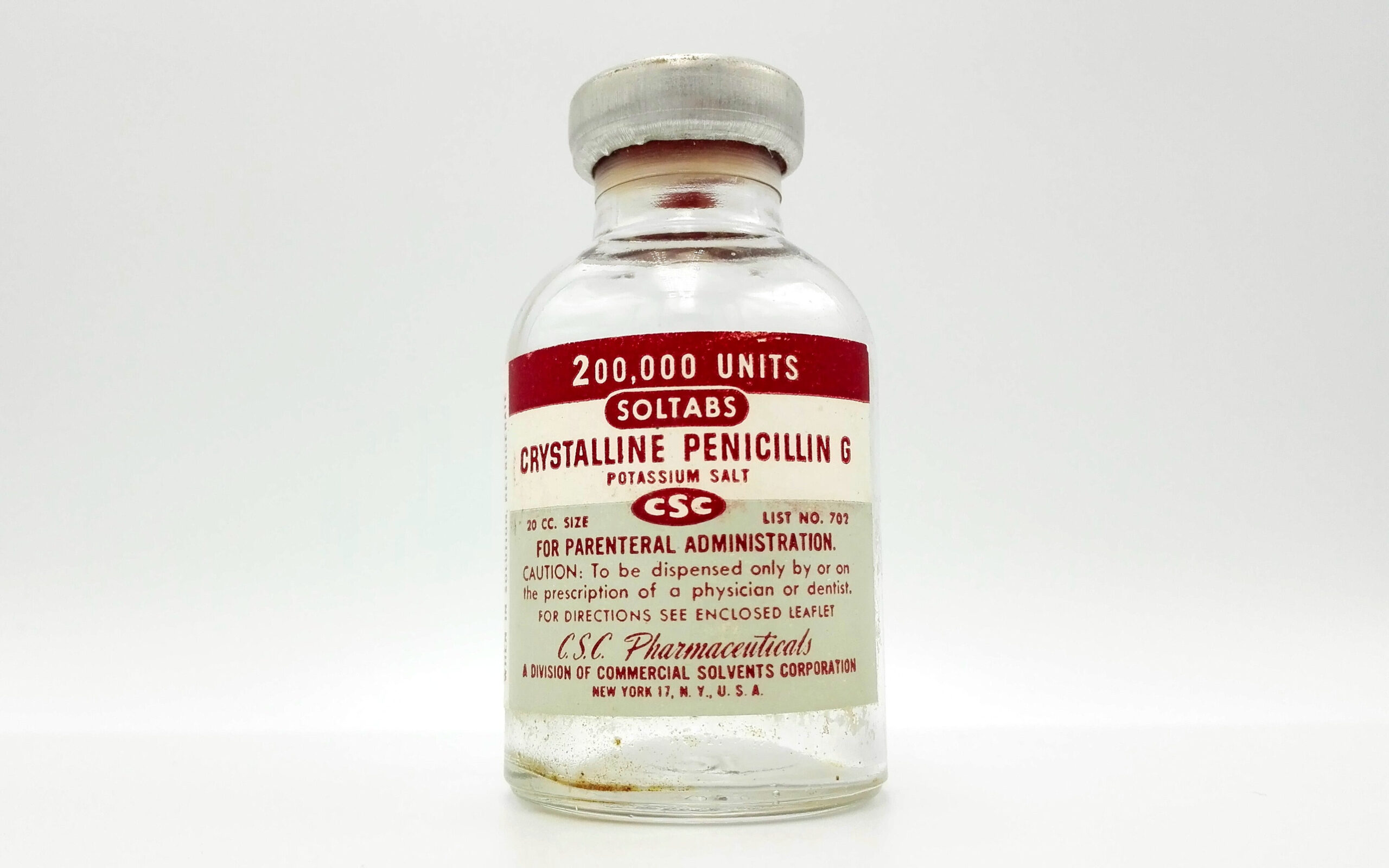
In 1939, Australian scientist Howard Florey purified penicillin from a special strain of mould. The team demonstrated penicillin’s ability to fight bacterial infection in mice and, later, humans. The antibiotic was mass produced and used to aid victims of World War II. Penicillin has been used around the world saving many lives through the combating of infection by common bacteria. Today, it is still widely used in combating infections, but its efficacy is at risk from the growing resistance to the antibiotic.
6. Polymer bank notes
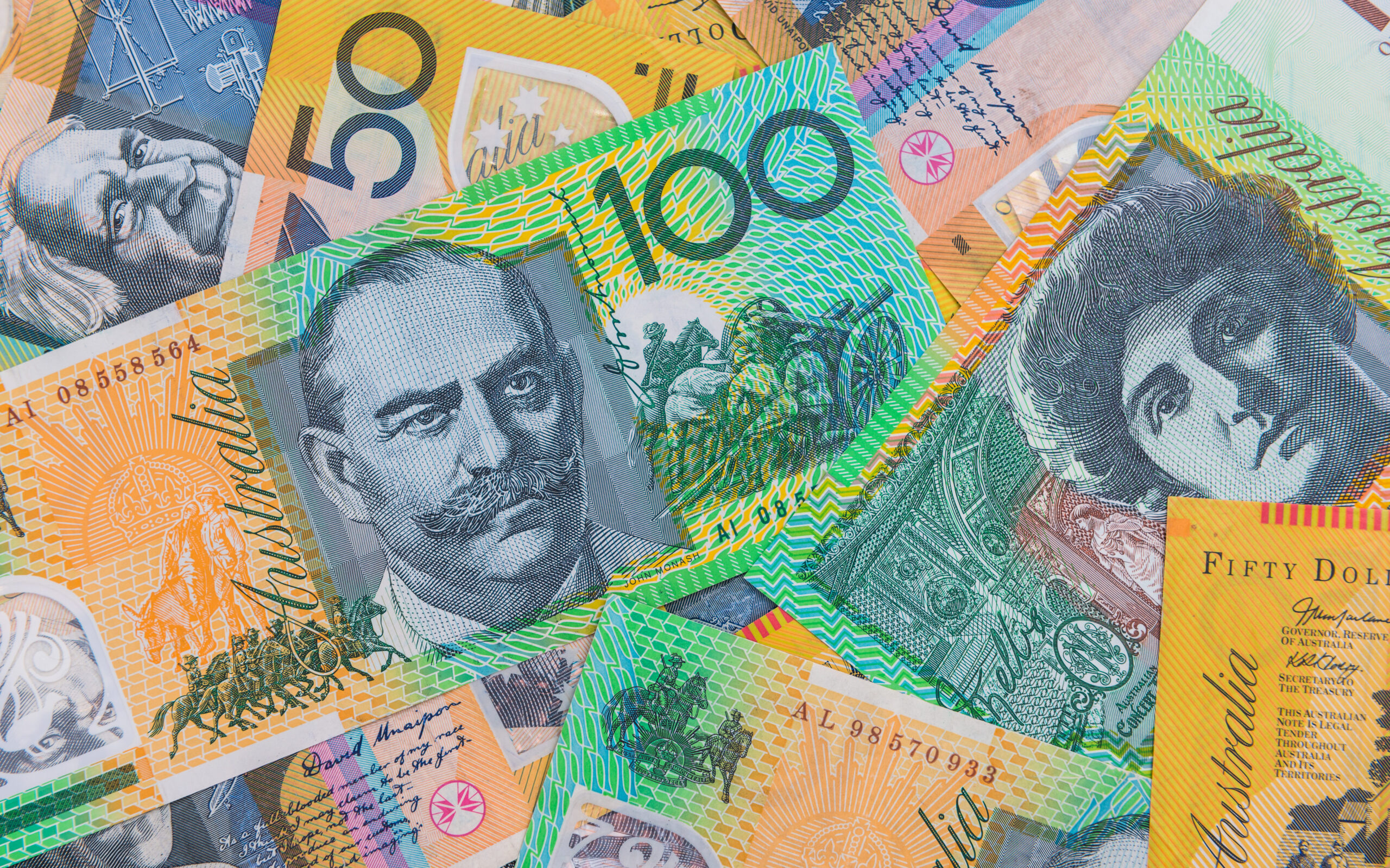
Plastic bank notes were developed in a combined effort by the Reserve Bank of Australia and CSIRO in the 1980s. The first plastic bank note to be put into circulation was the $10 note, released in 1988 to celebrate the bicentenary. In 1996, we became the first country to have a complete set of plastic currency.
Traditionally, bank notes are made from paper, cloth fibres or a combination of both. Our bank notes are made from a special polymer which, along with a series of in-built security devices, makes them almost impossible to counterfeit. They also last about 10 times longer than traditional bank notes.
7. Cochlear implant (bionic ear)
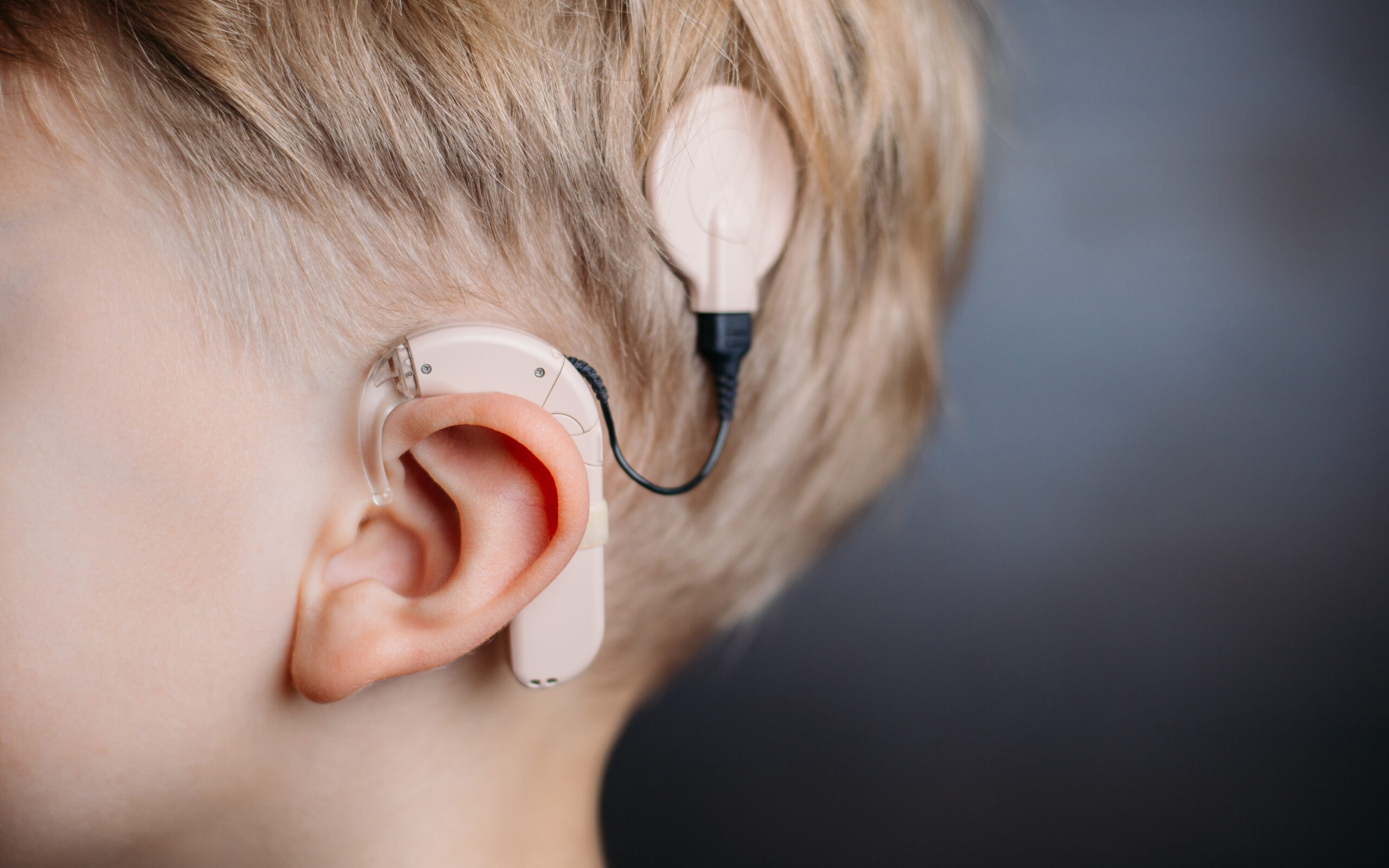
Professor Graeme Clark invented the first bionic ear Melbourne University in the 1970s – the first prototype was implanted in a person in 1978.
Cochlear implants are devices that are implanted into the head to electronically stimulate the auditory nerve. Graeme’s motivation to advance hearing loss technology was spawned from his own father’s inadequate hearing. So far, the Cochlear implant has brought hearing to more than 180,000 deaf and partially deaf people worldwide.
8. Electric drill
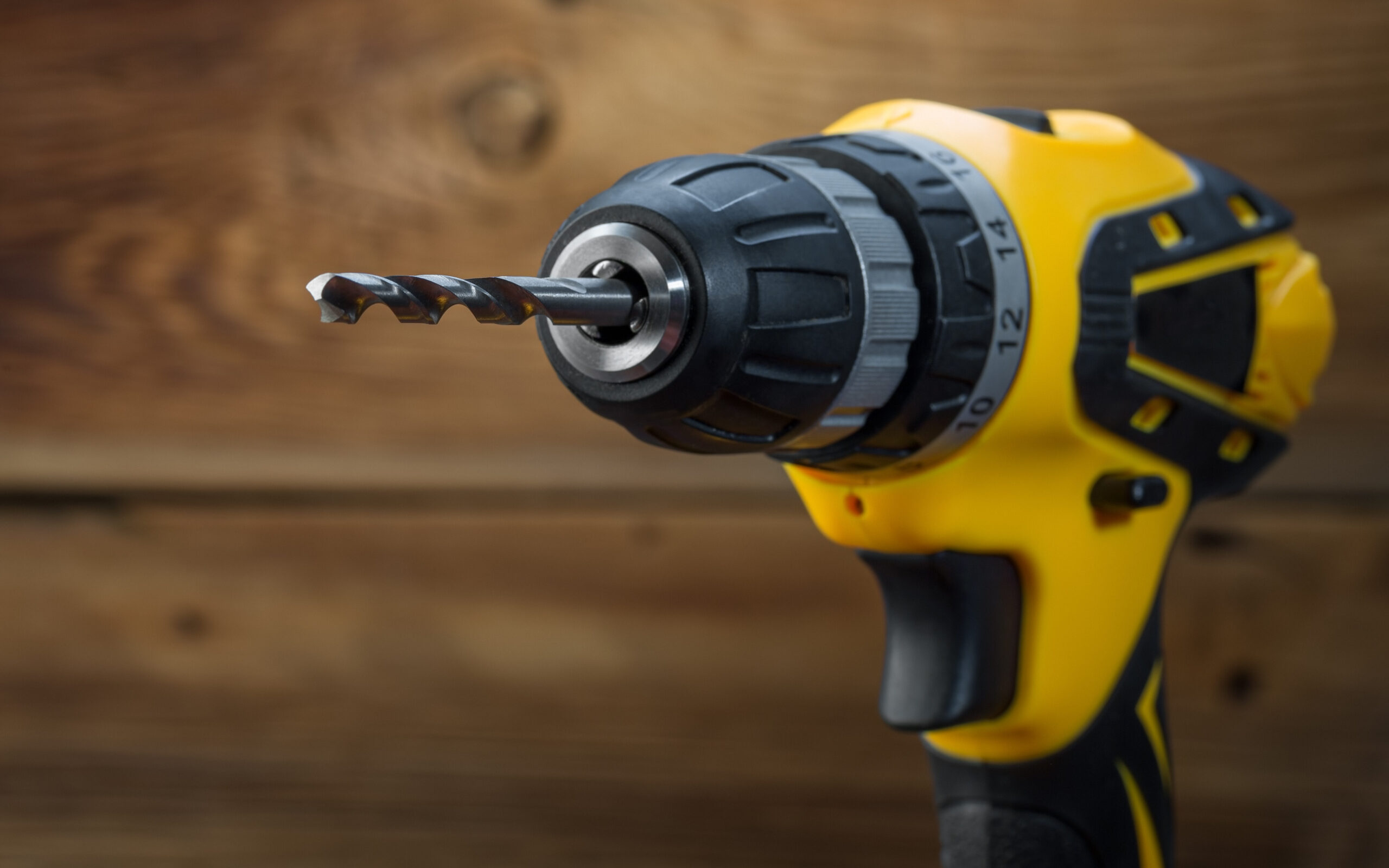
DIY-enthusiasts can thank an Aussie for this indispensible piece of equipment. In 1889, Australian electrical engineer Arthur James Arnot patented the world’s first electric drill with his colleague William Brain. The invention was originally designed to drill rock and dig coal, and although it was a long way from the portable hand-drills used today throughout the world, the underlyng technology was the same.
9. Winged keel
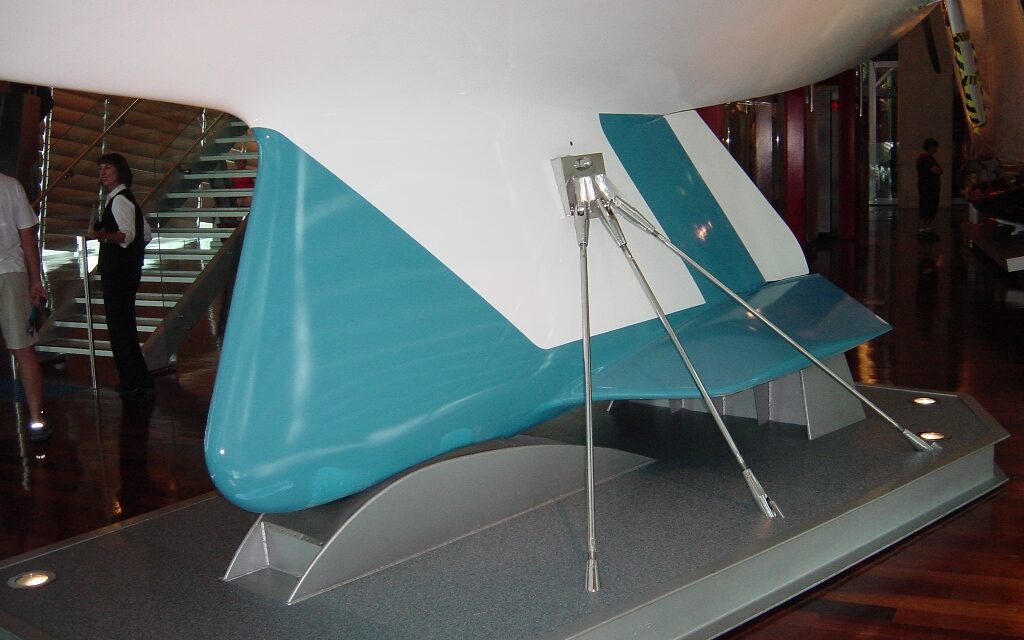
Ben Lexcen, an Australian yachtsman and marine architect, invented the winged keel – a nearly horizontal foil, or wing, at the base of a sailing boat keel. They are typically found on high-performance sail boats. The winged keel made its debut in 1983 in America’s Cup on Australia II.
10. Permaculture
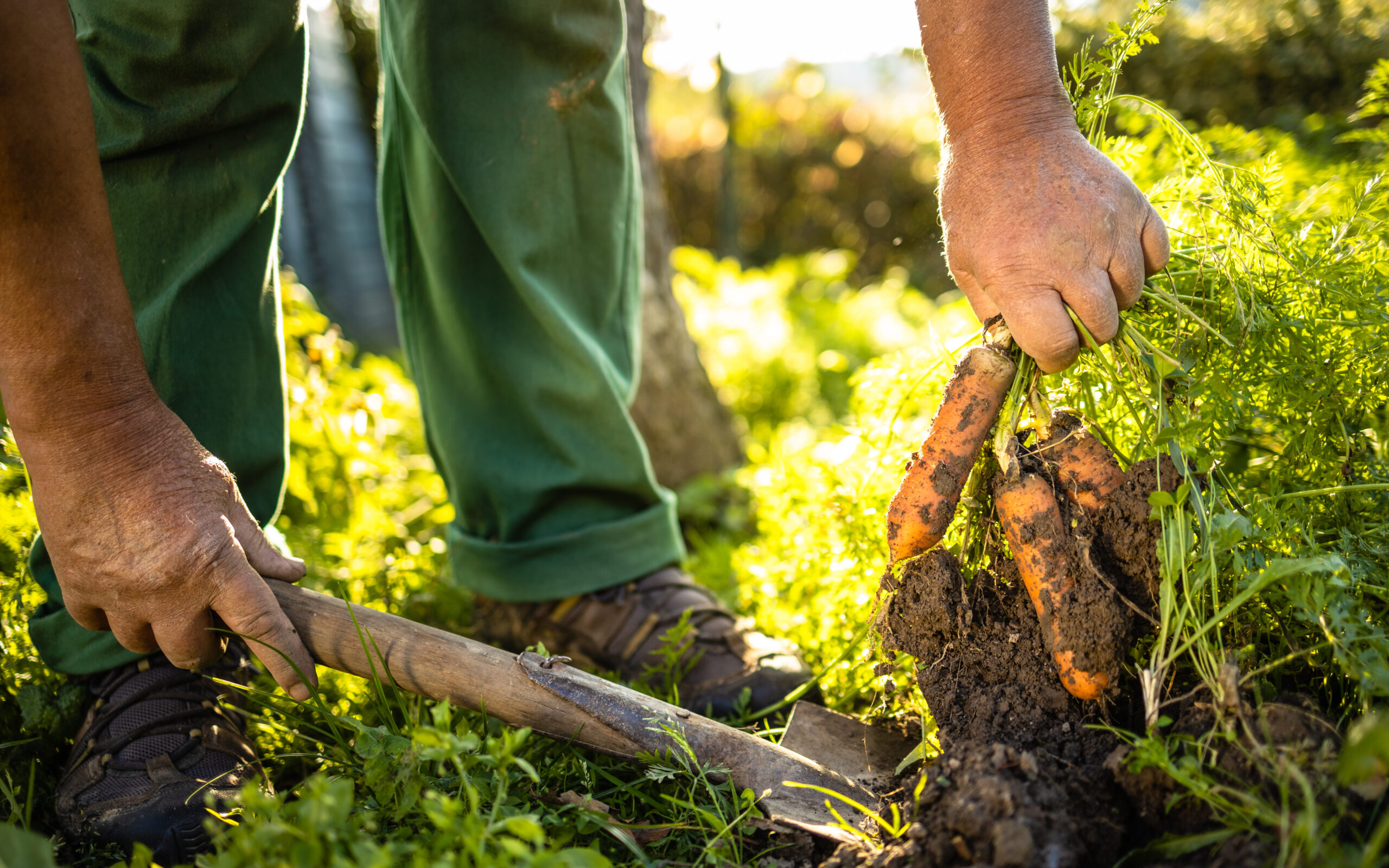
In 1972, Bill Mollison had the epiphany which led to the development of permaculture, a concept that uses a natural approach to designing self-sufficient human settlements and agricultural systems.
Today permaculture is an alternative to chemical-based agriculture which can be harmful to humans and the environment
11. Wi-Fi technology
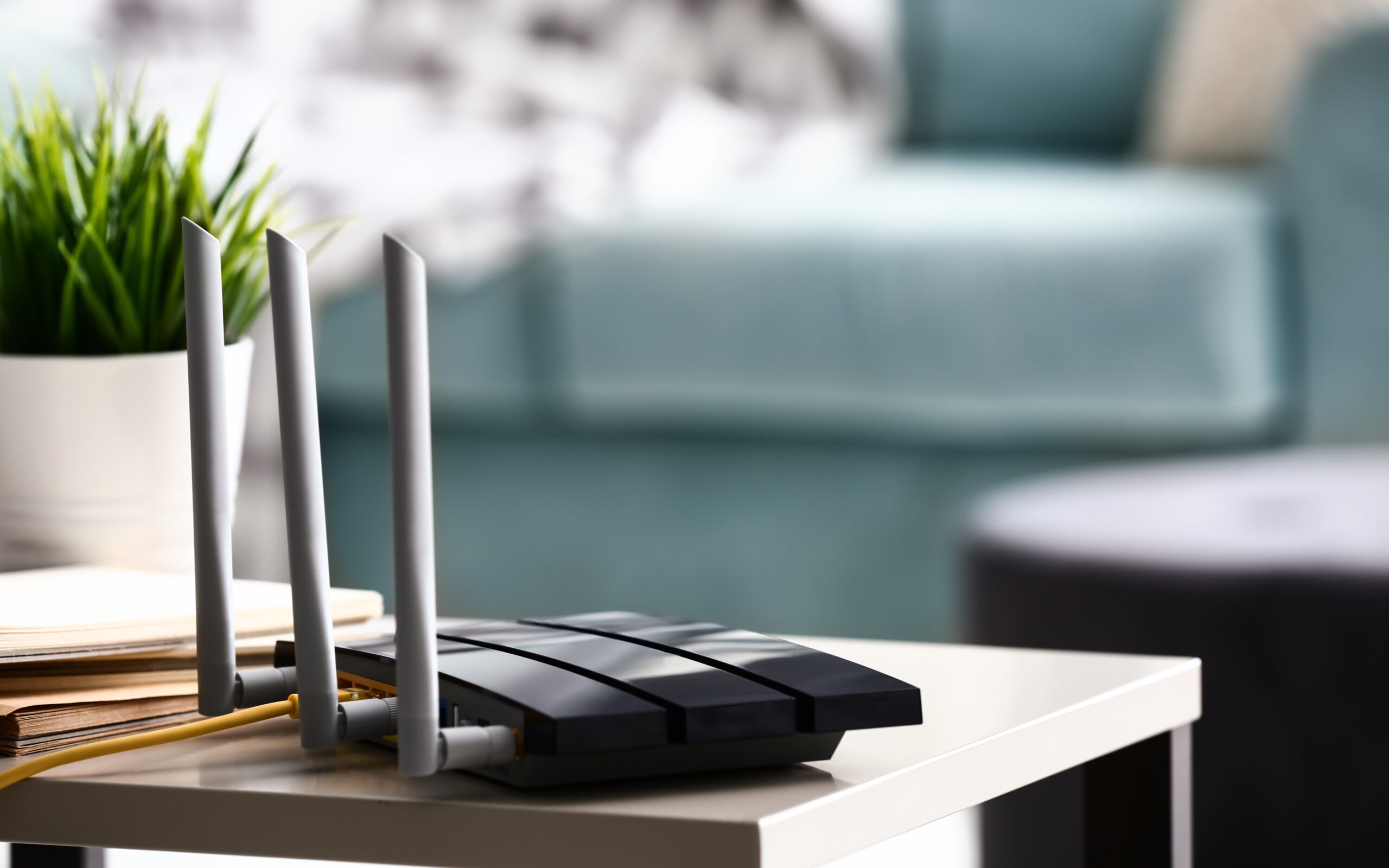
In 1992 John O’ Sullivan and the CSIRO developed Wi-Fi technology, used by more than a billion people around the world today. The core parts of the technology came out of research in the mid-1970s in the field of radio astronomy, when John and his colleagues at the CSIRO were originally looking for the faint echoes of black holes.
As a result of this work, the CSIRO has held key patents for Wi-Fi technology since the mid-1990s, bringing the organisation millions of dollars in royalties every year.
12. Ultrasound scanner
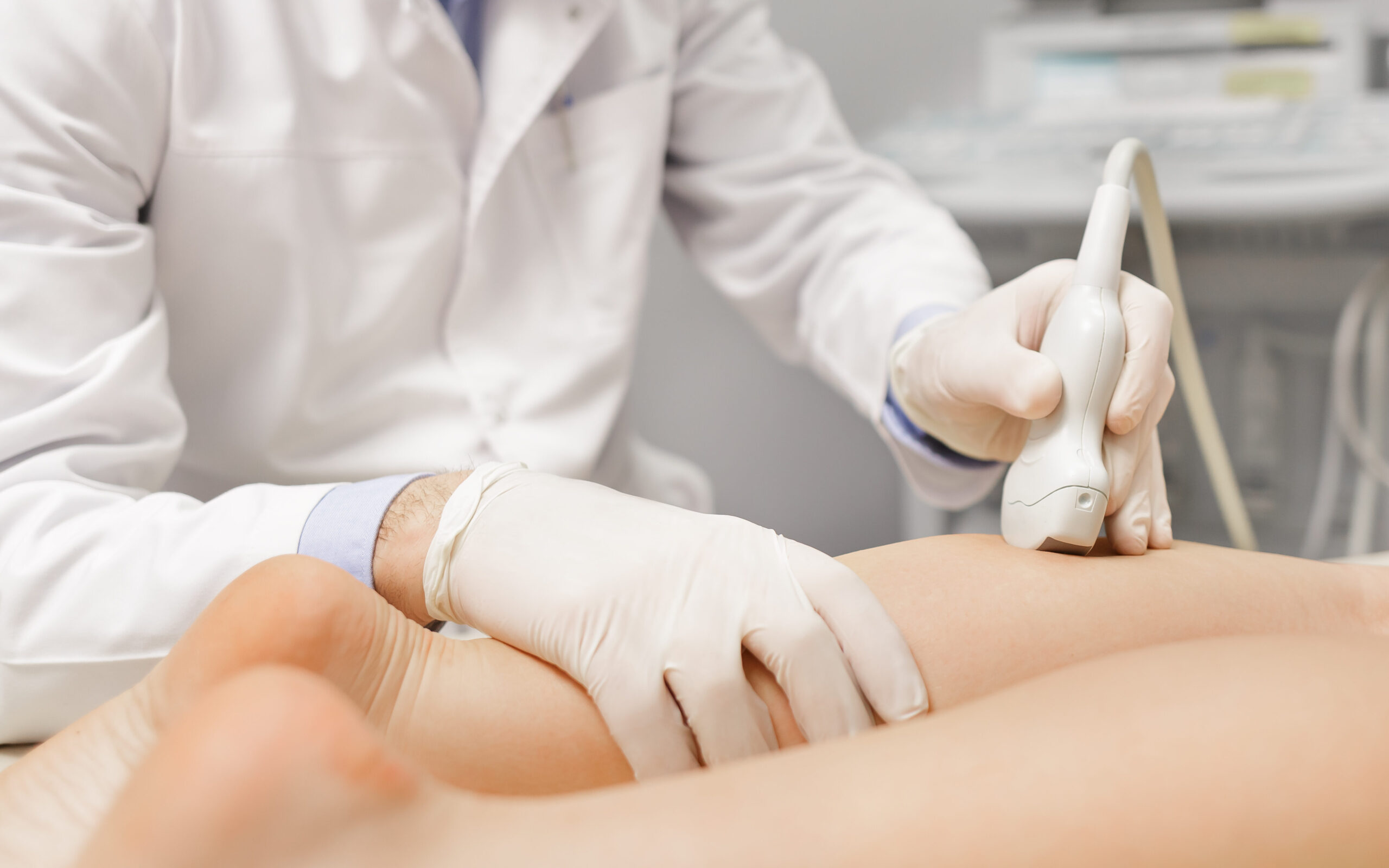
In 1976 Ausonics commercialised the ultrasound scanner. Studying ultrasound from 1959 onwards, the Ultrasonics Research Section of the Commonwealth Acoustrics Laboratories Branch (later to become the Ultrasonic Institute) discovered a way to differentiate ultrasound echoes bouncing off soft tissue in the body and converting them to TV images. This discovery forever changed pre-natal care as it gave expecting parents a window to the foetus without x-ray exposure. Ultrasound technology is also used in the diagnoses of medical problems of the breast, abdomen, and reproductive organs.
13. Plastic spectacle lenses
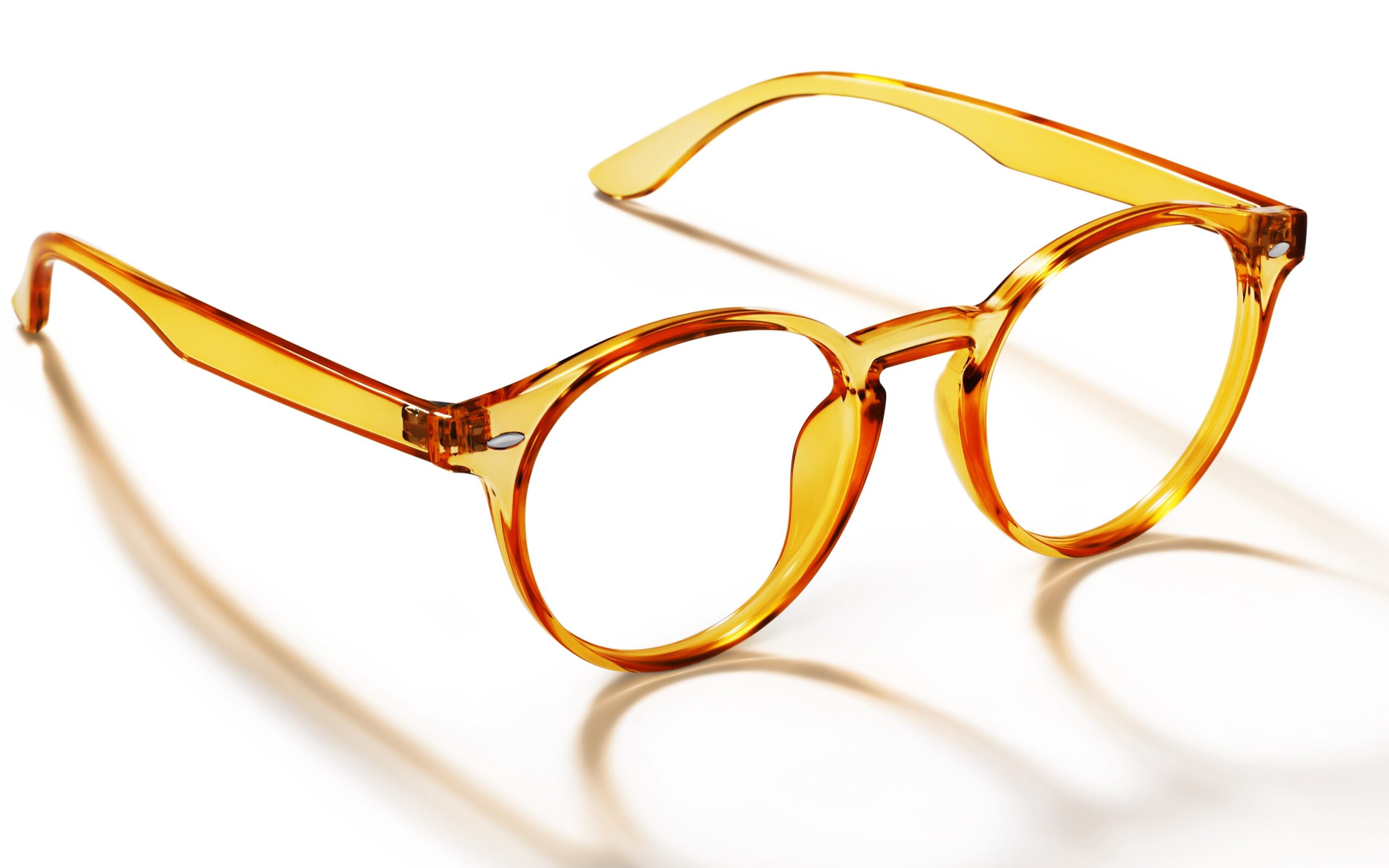
In 1960 Sola Optical released the first scratch-resistant plastic lens for glasses. The technology was further developed to create the first plastic bifocal, trifocal, and progressive-focus lenses. Plastic lenses are used throughout the world due to their many benefits including safety, their light weight, and durability.
14. Inflatable escape slide and raft
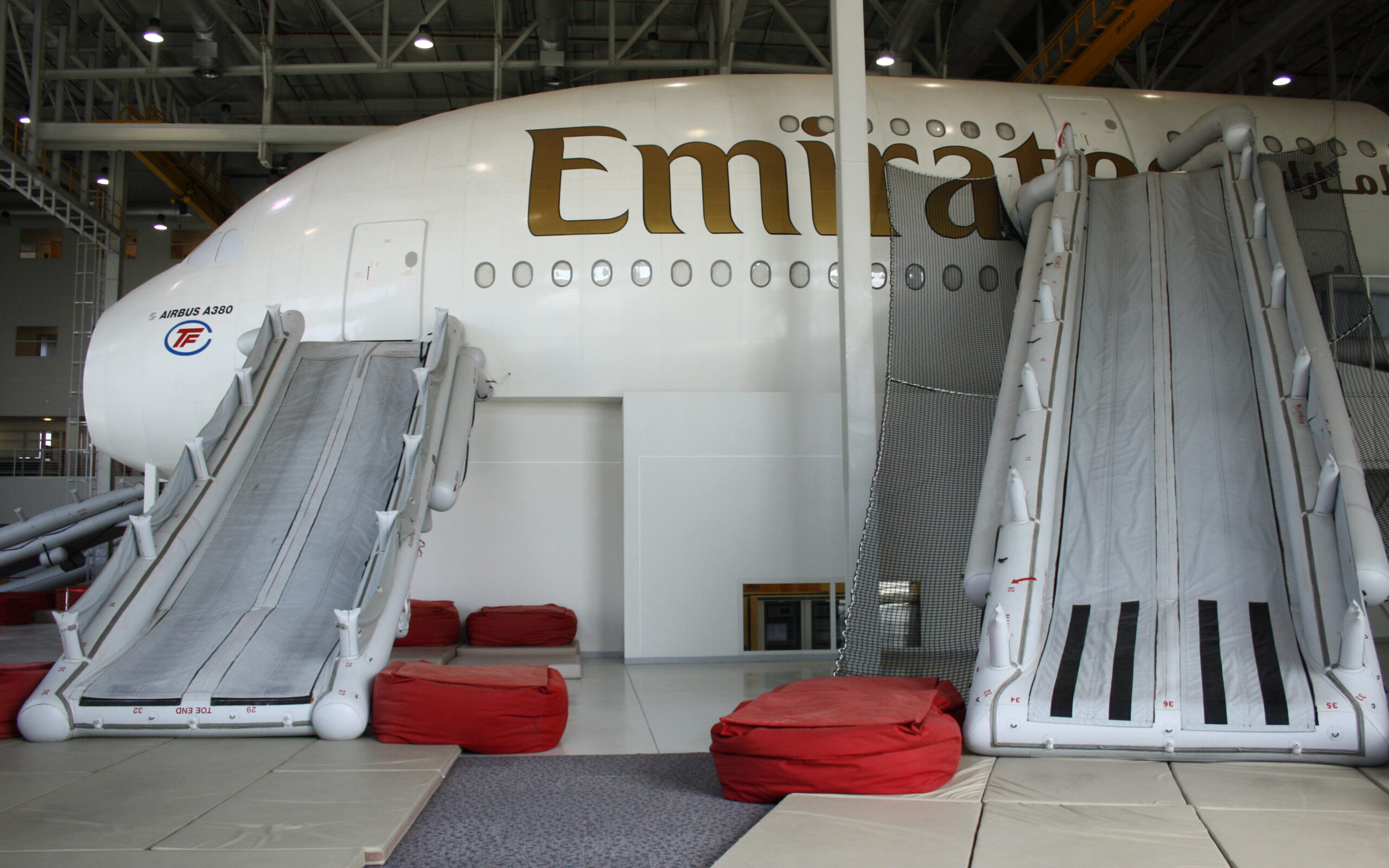
In 1965 Jack Grant, an employee of Qantas, invented the inflatable aircraft escape slide, which is now mandatory safety equipment on all major airlines. The slides can also be used as a flotation device if the aircraft lands on water.
15. Permanent-crease clothing

In 1957, CSIRO developed a process called Si-Ro-Set. The technique uses chemicals to permanently alter the structure of wool fibres so they can be set with heat. This technology allowed for fashion innovations such as permanently pleated skirts.
16. Gardasil and Cervarix cancer vaccines
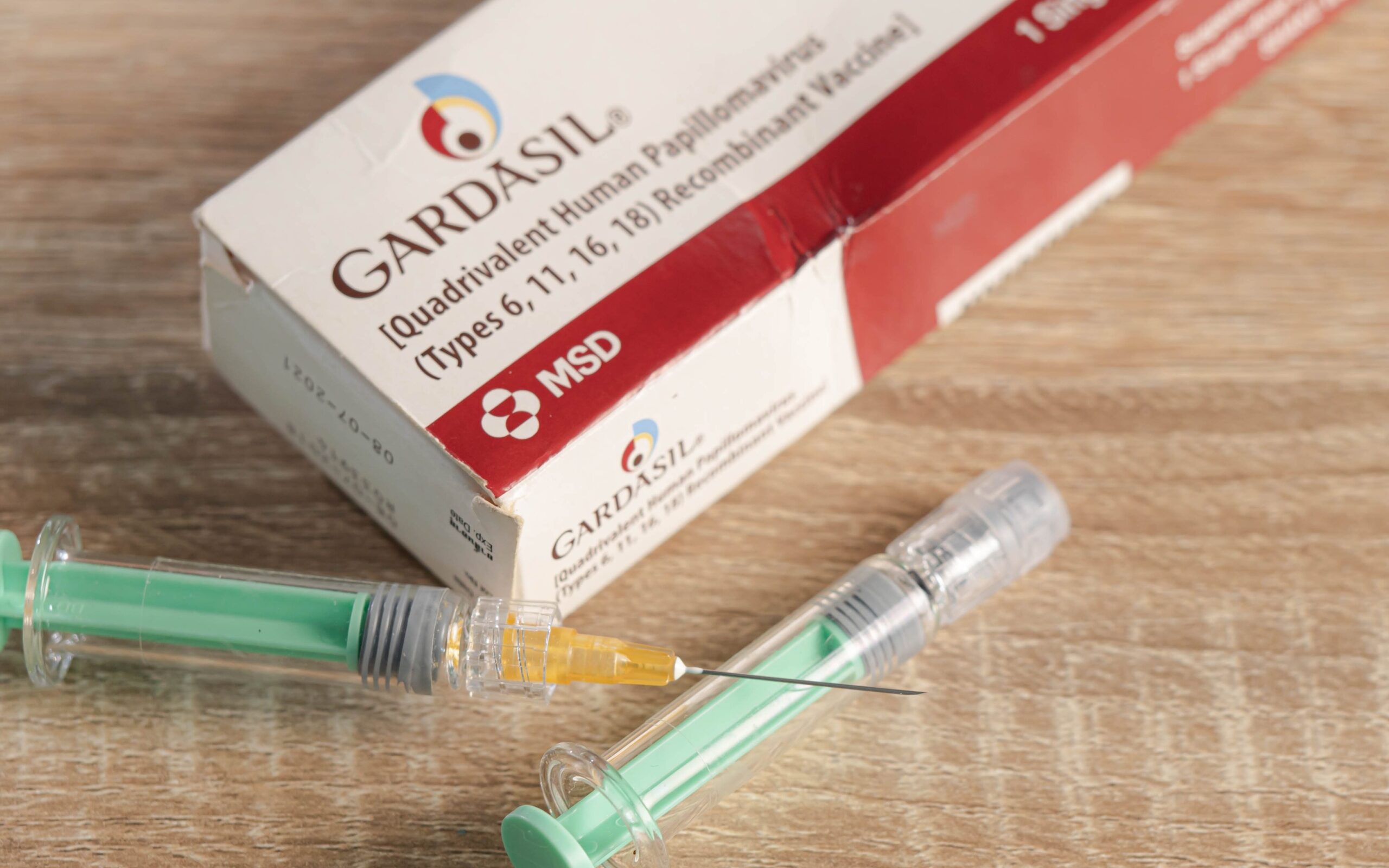
In 2006, Brisbane-based medical researchers Professor Ian Frazer and Dr Jian Zhou developed the world’s first anti-cancer vaccine. Known by the commercial name, Gardasil, the vaccine protects women against four strains of a virus called human papillomavirus (HPV), known to cause three-quarters of all cervical cancers. As cervical cancer is the second-leading cause of cancer death in women, the vaccination has huge implications for the prevention of cancer. Since 2008, the vaccine has been approved for use in more than 120 countries.
17. Frazier lens
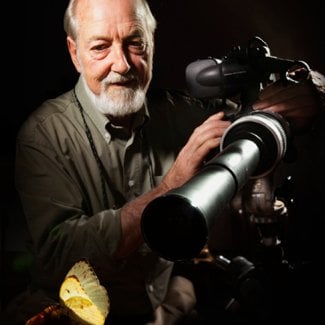
In 1993, Australian inventor Jim Frazier’s deep-focus lens was patented in the United States. His innovative lens allowed for both the subject and background to be in focus at the same time. It also has the ability to rotate without the movement of the camera. The lens is now commonly used in movies and film throughout the world. Jim won an Academy Award in 1998 for his contribution.
18. Triton Workcentre
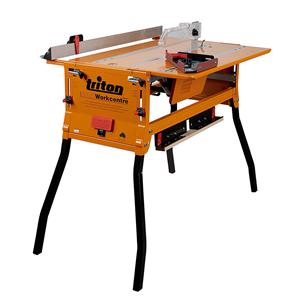
In 1976, a 27-year-old television journalist named George Lewin appeared on ABC TV’s The Inventors program with his new invention, the Triton Workcentre. The day after the show, his multi-purpose workbench which stabilises and improves the accuracy of portable power tools had more than 1000 orders. It is estimated that 10 per cent of Australian households with a garage now have a Triton Workcentre.
19. Racecam
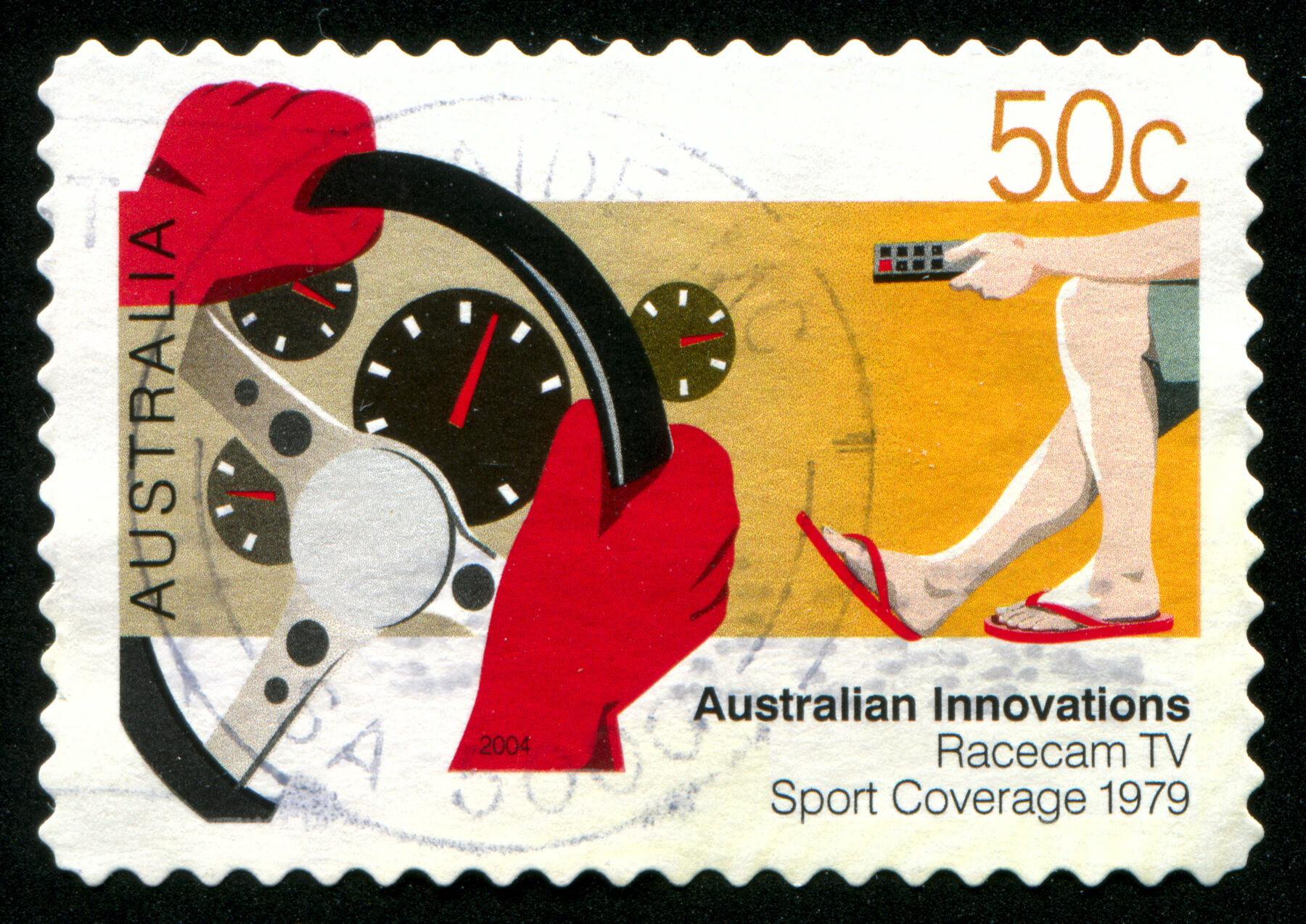
In 1979, Channel 7 introduced live television broadcasting from racing cars, allowing viewers to watch the race from the driver’s perspective. Today the Racecam has been adapted to fit other sporting events such as snow skiing, basketball and cricket.
20. Tank-bred tuna system
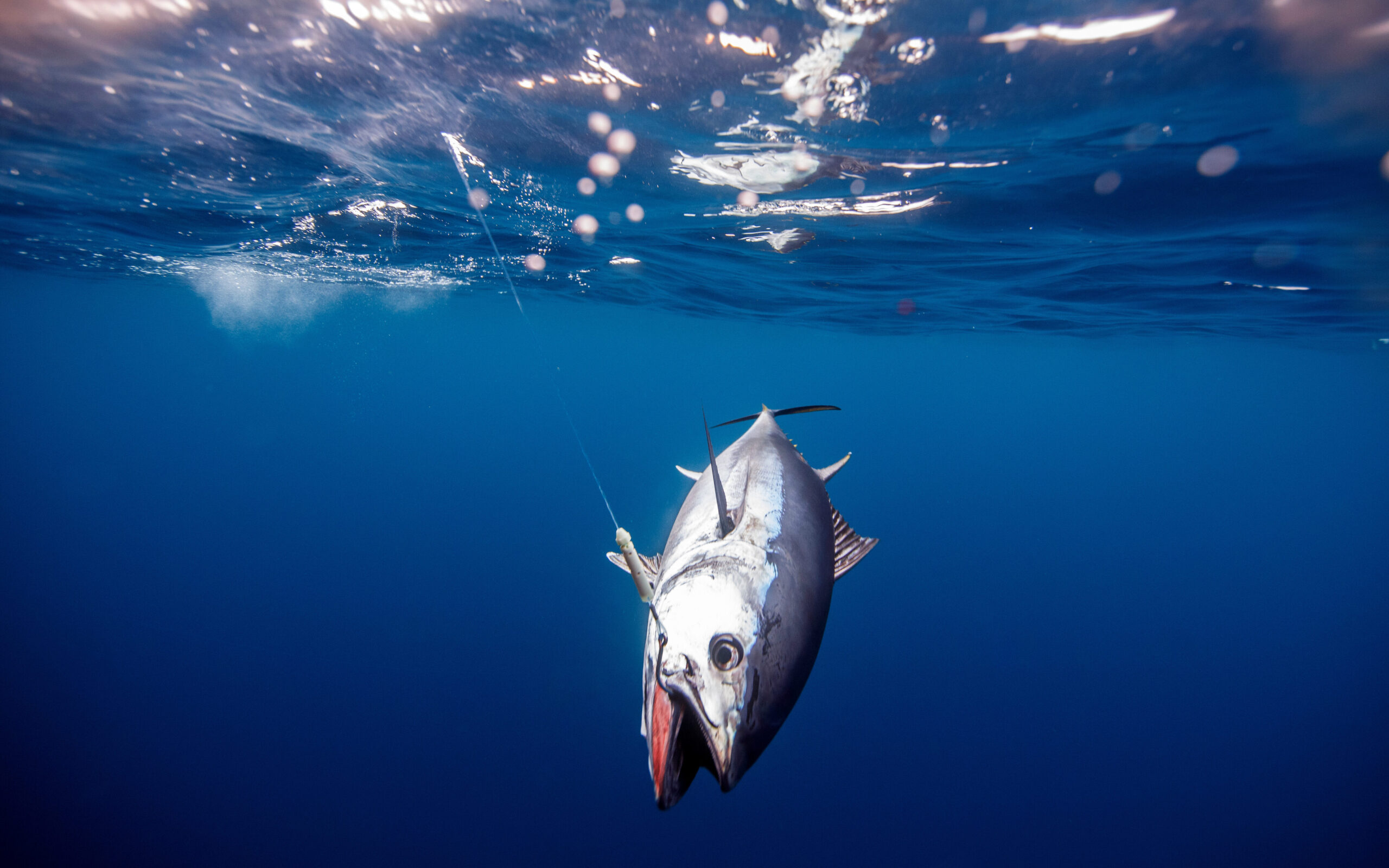
In 2008, German-born but South Australian-based Hagen Stehr may have saved the southern blue fin tuna from extinction. The clean-seas system fools the tuna in a tank into thinking they are swimming out of the Australian Bight and into their breeding grounds.




